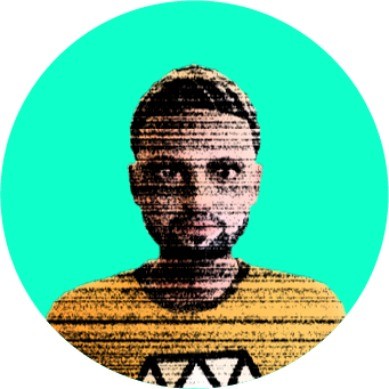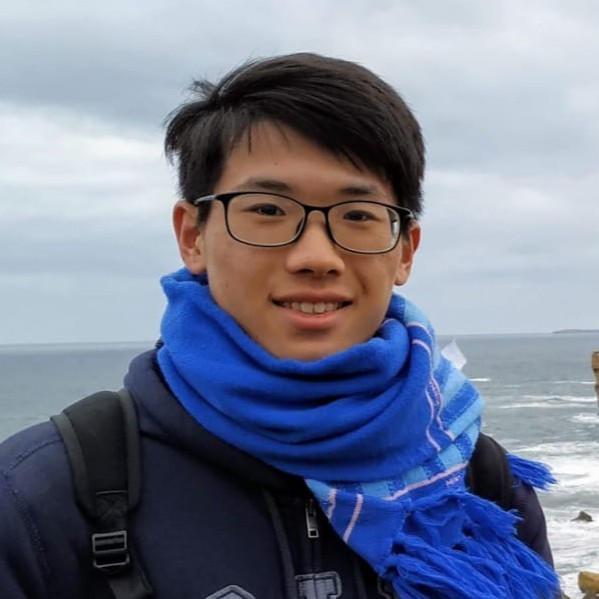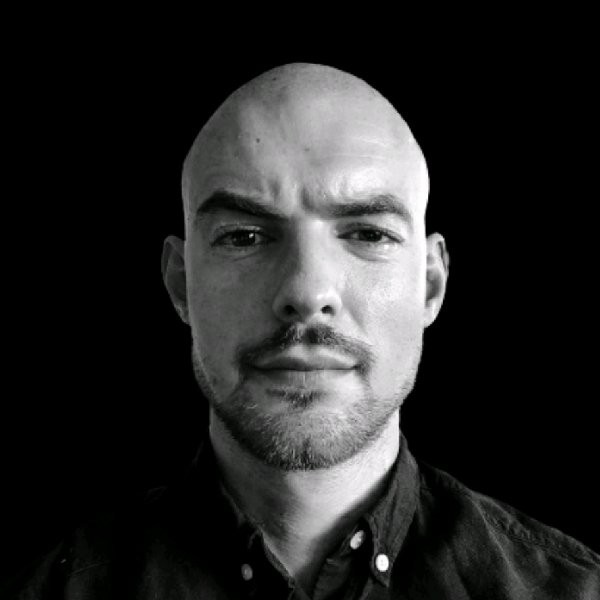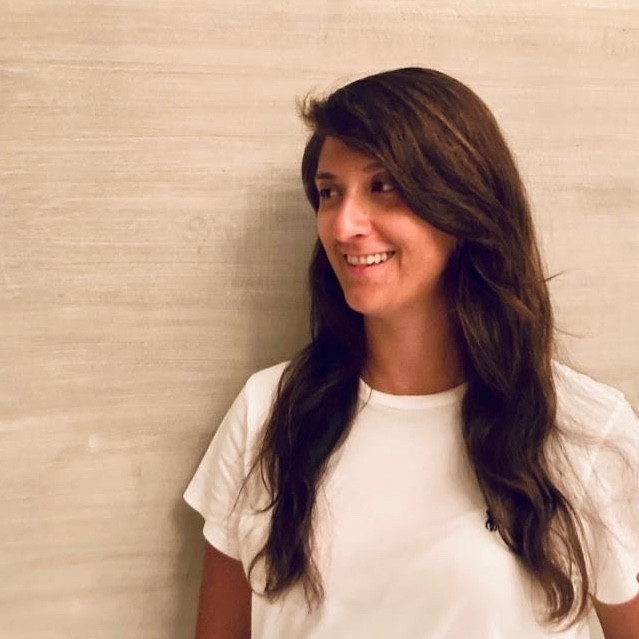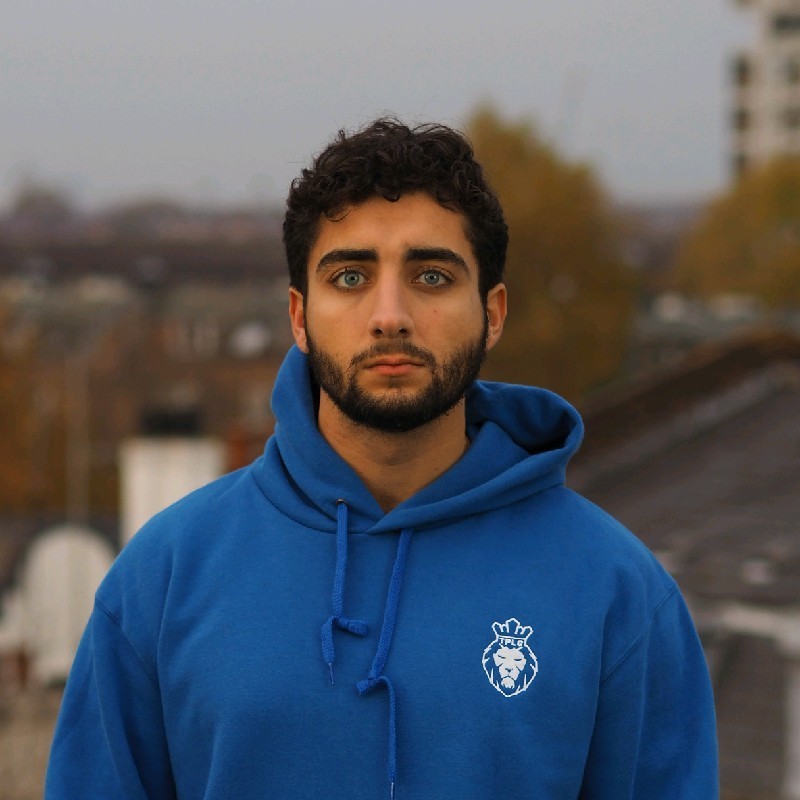Mar 26, 2022
Introduction
The metaverse, NFT and cryptogaming have been dominant media phenomena during the last year. Additionally, the world of gaming has had an impressive development in the last decade with a significant growth in terms of companies turnover and number of users.
Among cryptogames, some of the most successful games are those based on lands, like Decentraland.
In this space there are currently some interesting projects.
NFT Worlds
NFT Worlds is a collection of 10,000 unique worlds that make up a fully decentralized, multiplayer metaverse game.
Players craft and own Worlds. All worlds are interconnected within the NFT Worlds multi-metaverse.
World owners or individual communities develop Each of the 10,000 unique NFT Worlds. They open up a huge amount of creative possibilities to make unique gaming experience, exclusive hangout spots, play-to-earn competitions and more.
Each NFT World is a completely unique world. Worlds consist of their visual look and in-game experiences and their on-chain data and resource.
NFT Worlds is currently based on Minecraft and its open-source ecosystem exploiting a decade of open source development within the Minecraft community. Both NFT Worlds and the $WRLD ERC-20 token run on the Ethereum blockchain.
$WRLD is the primary utility token and is used when playing in any NFT World.
Players are able to use $WRLD tokens to access exclusive experiences and contents. The owner of a world a player is playing in will receive these tokens, in exchange for the specific experience, items, perks, content, etc. These transactions will happen through an in-game UI connected to the blockchain.
Additionally, $WRLD allows to purchase optional, custom NFT World character NFTs.
Worldwide Webb
The Worldwide Webb is a metaverse-based Massively Multiplayer Online Role-Playing Game (MMORPG) that uses NFTs for in-game avatars, pets, lands, items and even quests.
The goal is to create a template for metaverses with the core values to keep the space open to all. And then incorporate other NFT projects into the world, giving them tools to build and create their own communities inside the world. Developers think that while there are many 3D projects, there is the need for a 2D metaverse too! Ultimately the Webb will be a fully interoperable Metaverse game with a play-to-earn & create-to-earn economy for players, creators, and collectors.
The platform 2D pixel approach enables to quickly integrate NFT projects.
Lands are in-game spaces owned and controlled by the respective NFT token holder and function as an integral part of the Worldwide Webb ecosystem. These in-game spaces can house social events, pets, avatars, games; a quest builder allows users to incorporate custom smart contracts and sell their art.
At the heart of Worldwide Webb is the ability for players to use profile pictures and avatar NFTs from their favourite projects on OpenSea. The platform integrates with Cryptopunks, KaijuKingz, CyberKongz, and more as avatars, and PunkCats, Cypher City Pets, Neko, and more as pets.
Metroverse
Metroverse is a land trading NFT strategy game. Players collect and trade city blocks to grow their economy and earn the $MET utility token on the Ethereum blockchain.
Each city block is unique and is populated with residential, commercial, industrial, and public buildings, and is represented by an ERC-721 NFT. As an NFT, there will only be one of each city block minted.
Players can collect multiple city blocks and build neighborhood. Each block generates revenues in the form of $MET tokens. This motivates users to strategically acquire and add additional blocks to their collection. This is possible because $MET allows, within the game economy, to improve their holdings and generate more $MET.
Developers believe the value of amazing design and aesthetics and strive to create an experience like no other with visually stunning artwork.
Metroverse will launch as a collection of 10,000 NFTs, each representing a city block. An algorithm generates each block which contains a mixture of buildings based on their rarity and score. The foundation of each city block is an 8x8 grid. Each block is a composition of 64 tiles that has either a building or a pathway placed on it.
Out of the 64 tiles in every block, 15 tiles are always for pathways and the remaining 49 tiles are for buildings Some buildings like small houses and shops are fairly common and appear fairly often in city blocks. Others like rocket launch sites are very rare and may only appear in a few blocks.
By adding up the scores of residential, commercial and industrial zones the system can calculate the block score.
Conclusions
Land-based cryptogames are among the most successful games. In fact, there is a number of ongoing projects under development and close to launch their platforms.
These kind of games are at the intersection between NFTs, Gaming, and DeFi. Therefore they attract different kind of users, from game passionate up to investors. Are you looking for professional Tokenomics consulting? Take a look at the offer!
Looking for NFTs Land Tokenomics Consulting? Contact us
About the Author
Beatrice attended a Bachelor's degree in Italian Language, Literature and Civilization and got her Master's degree in 2020 at the Institute of Italian Studies of the University of Italian Switzerland (USI) in Lugano. Next to her humanistic education and passion for art history, she develops a personal interest in the field of communication and content creation, which she deepens in 2021 by attending a social media marketing training course. Since 2020 she has been part of the BrightNode team as a content writer.





